Quasi-stars: What will happen if they enter our solar system?
One of the most mysterious entities in the universe, Quasi-stars have perplexed astronomers for years over their existence. But what would happen if it ever entered our solar system? Find out.
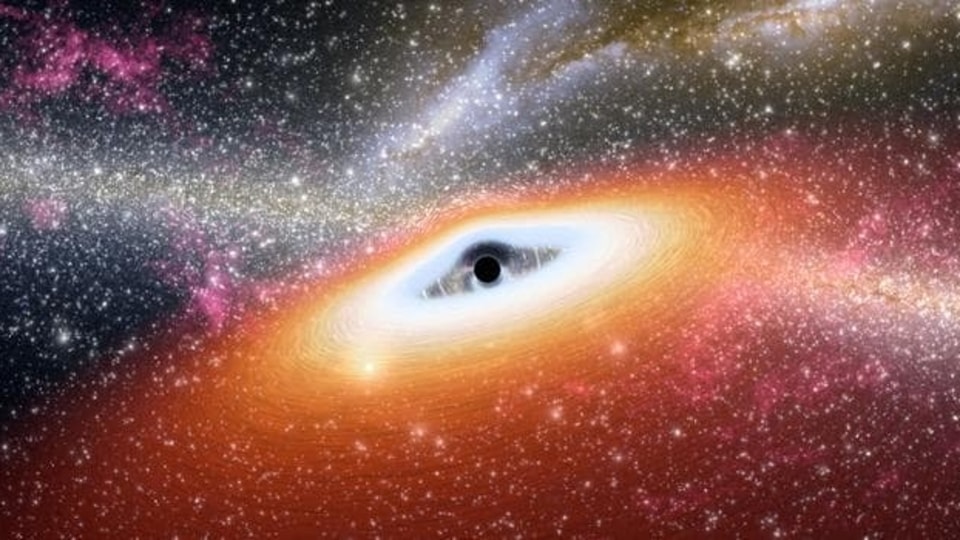
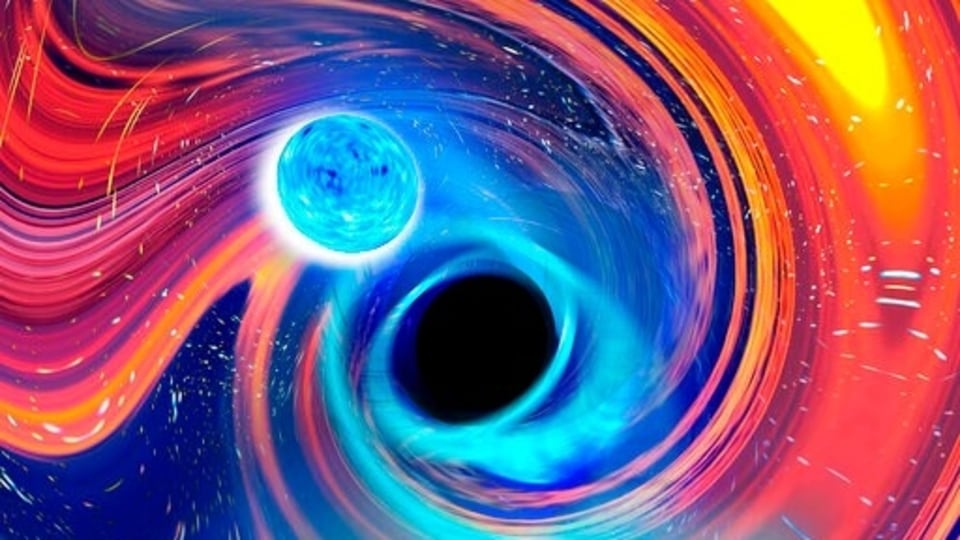

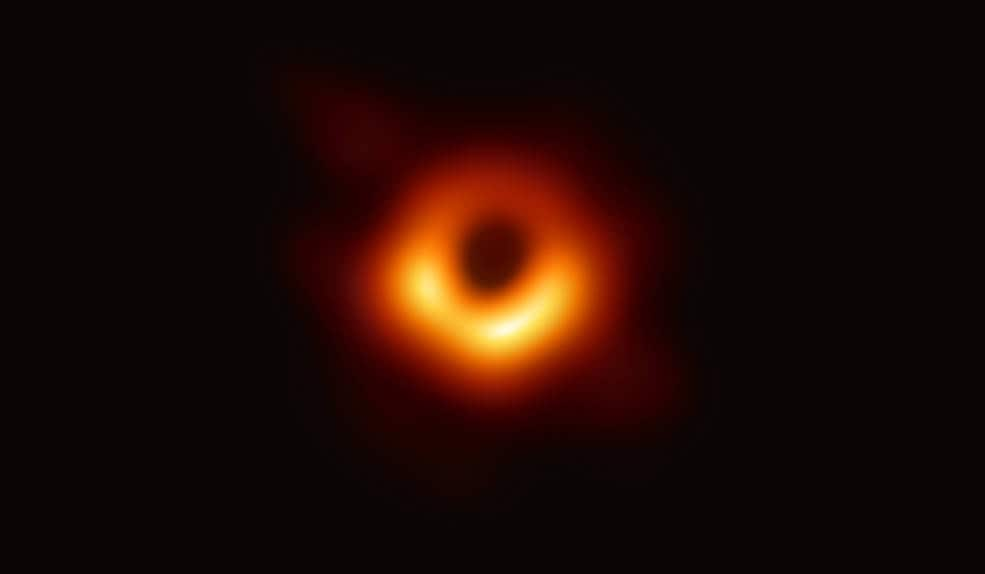
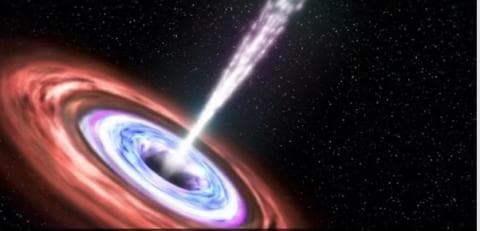
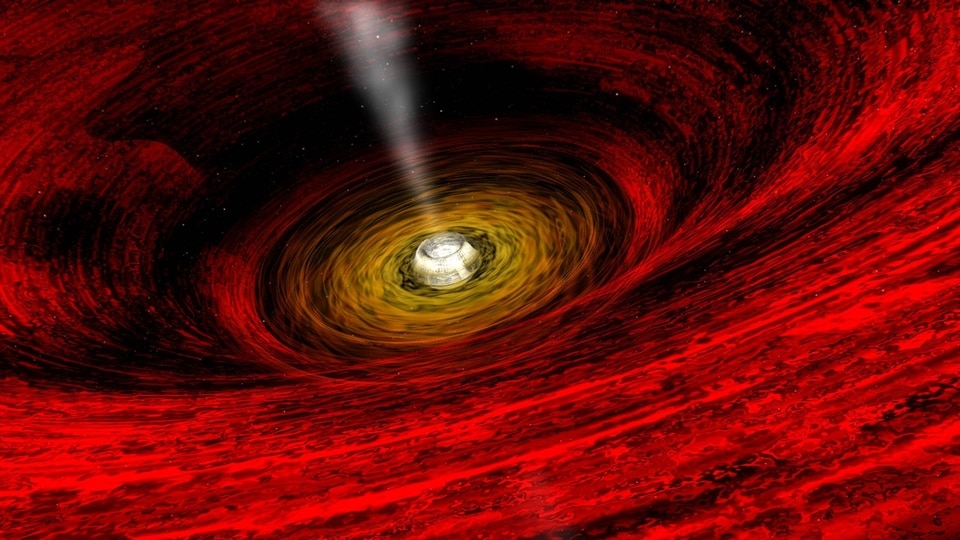
 View all Images
View all ImagesIt is only when you look deep into space is when you realize how infinitely vast it is and how astoundingly large objects it carries within it. We all know that compared to the outer planets and the Sun, the size of Earth becomes insignificantly small. But even our Sun, which is the largest celestial body in the solar system, feels small when compared to some of the larger stars. For example, UY Scuti is approximately 1700 times larger than the Sun. But even these stars feel as big as a pebble when compared to the mythical quasi-star. So, what are they, how do they form and what can happen if they ever enter our solar system? Read on.
What are quasi stars and how do they form
In the early days of the universe, when there were not multiple galaxies and very few stars, there existed stars which were extremely large in size. Known as protostars, the lower estimate of these stars' size are approximately at 10 billion kilometers or around 7,000 times the size of the Sun. Due to this massive size, the core of these stars collapses and creates a supernova. But instead of exploding externally, the outer layer compresses the explosion and turns it into a black hole. As a result, every quasi-star consists a black hole at its center.
Instead of relying on nuclear fusion for energy, quasi-stars gain energy from the material falling into a black hole at its core. The maximum lifespan of a quasi-star is 4 million years after which the black hole reaches ten thousand solar masses and turns the quasi-star into a supermassive black hole.
What if a quasi-star enters the solar system
Although the scenario is entirely hypothetical as it is believed that protostars such as quasi-stars do not exist anymore, it is interesting to understand how a catastrophic event like that might affect our nearby space.
As soon as a quasi-star enters the solar system, it will pull planets and all other celestial objects in the solar system out of their orbit. As that happens, the Earth would be subjected to hundreds of violent asteroid strikes. This would happen before the quasi-star could even enter the solar system entirely.
As it does, it would quickly engulf Pluto and planets like Neptune and Uranus. Around that time, the temperature and luminosity on Earth would also increase significantly. Finally, the star would keep moving inwards till it engulfs the Earth itself. The only silver lining would be that all life on Earth would already be extinct by that point due to extremely high temperatures and unlivable conditions.
Catch all the Latest Tech News, Mobile News, Laptop News, Gaming news, Wearables News , How To News, also keep up with us on Whatsapp channel,Twitter, Facebook, Google News, and Instagram. For our latest videos, subscribe to our YouTube channel.


























